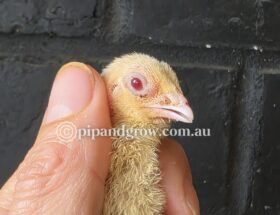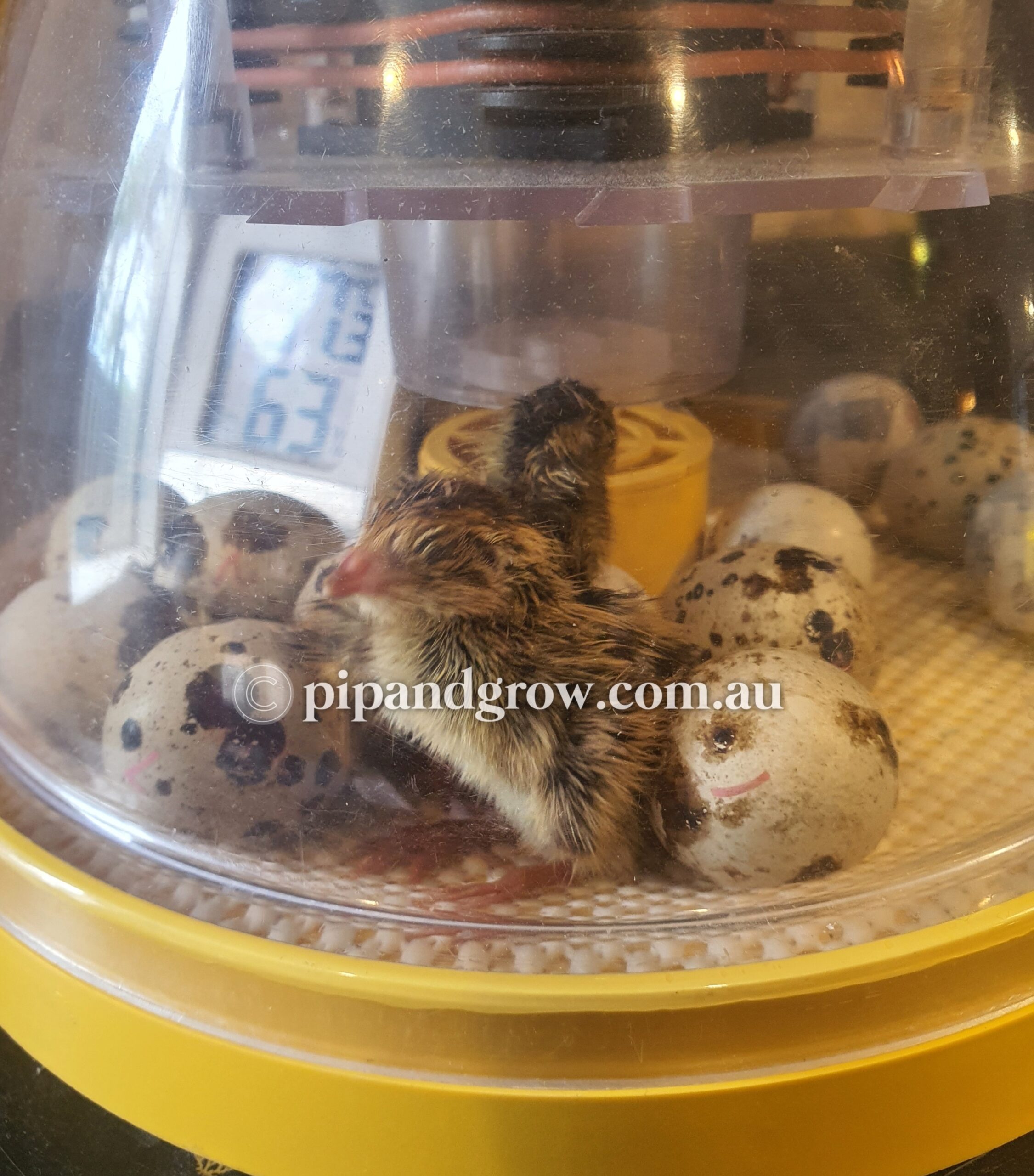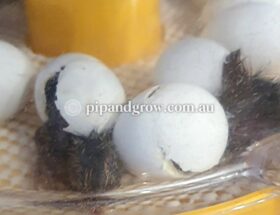Japanese Quail Brooder Setup and Care
Japanese quail chicks require a well-prepared brooder setup with a heat source, bedding, feed, and water ready upon hatching. A reliable heat source is crucial for the first week, as the chicks are extremely small and vulnerable. Happy quail chicks are quiet, resting, and eating peacefully; constant chirping usually indicates they are cold. We found Japanese quail chicks grow and feathers extremely fast compare to chicken. During warmer season – they are fully feathered by 3 weeks of age.
*During colder season, they will require longer brooding time depending on weather and climate.
Quail chicks grow and feather rapidly compared to chickens. In warmer seasons, they can be fully feathered by three weeks of age, at which point they can be moved to an outdoor secure pen with weather protection. This shorter brooding period is one of the advantages of raising quails over chickens. Ensure the waterer is shallow enough to prevent drowning. Adding marbles or pebbles inside the waterer is a great precaution. Place the waterer away from the corners of the brooder to prevent chicks from getting stuck between the wall and the waterer, as newly hatched quails can accidentally drown. For feed, we recommend starting chicks on a game bird starter feed with 20–24% protein content until they are six -eight weeks old. After this, transition them to game bird breeder feed. They also enjoy greens, fruits, and healthy kitchen scraps as occasional treats, adding variety and nutrition to their diet.
Habitat and Care for Japanese Quails
Housing:
Japanese quails require secure enclosures to protect them from predators, including rodents and other vermin. A rodent- and vermin-proof coop is essential. While they don’t need a large space, they thrive better with some room to roam and explore. Ensure the enclosure has good ventilation and is easy to clean.
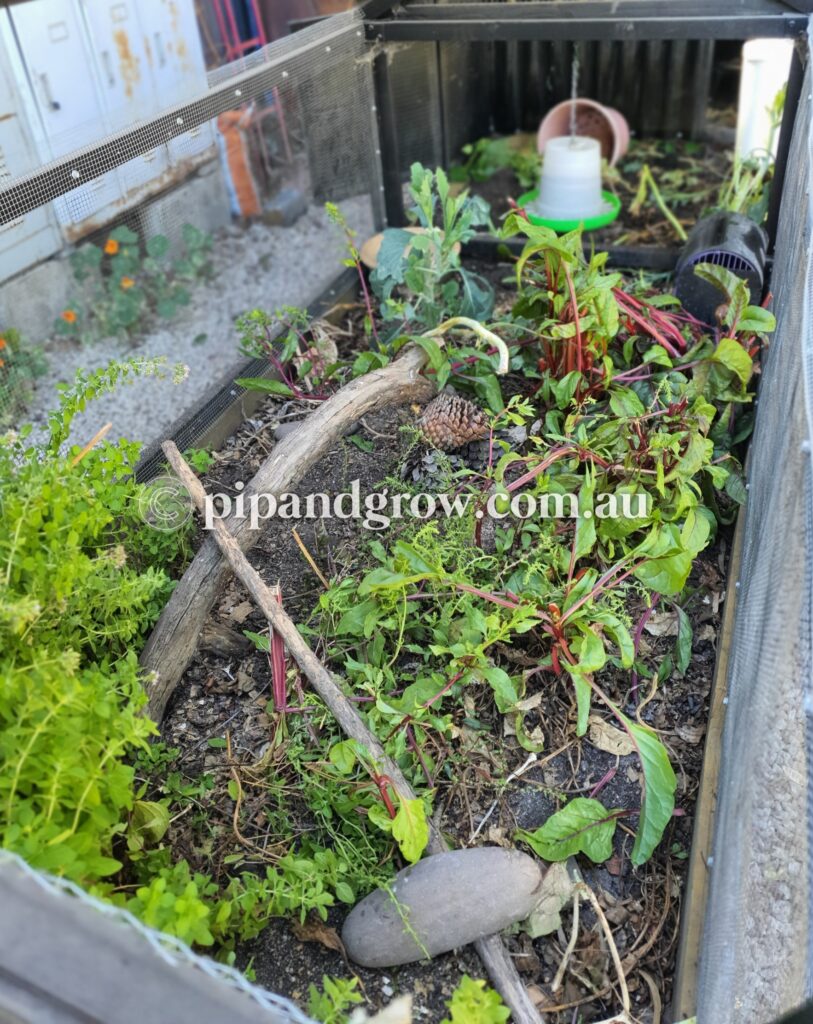
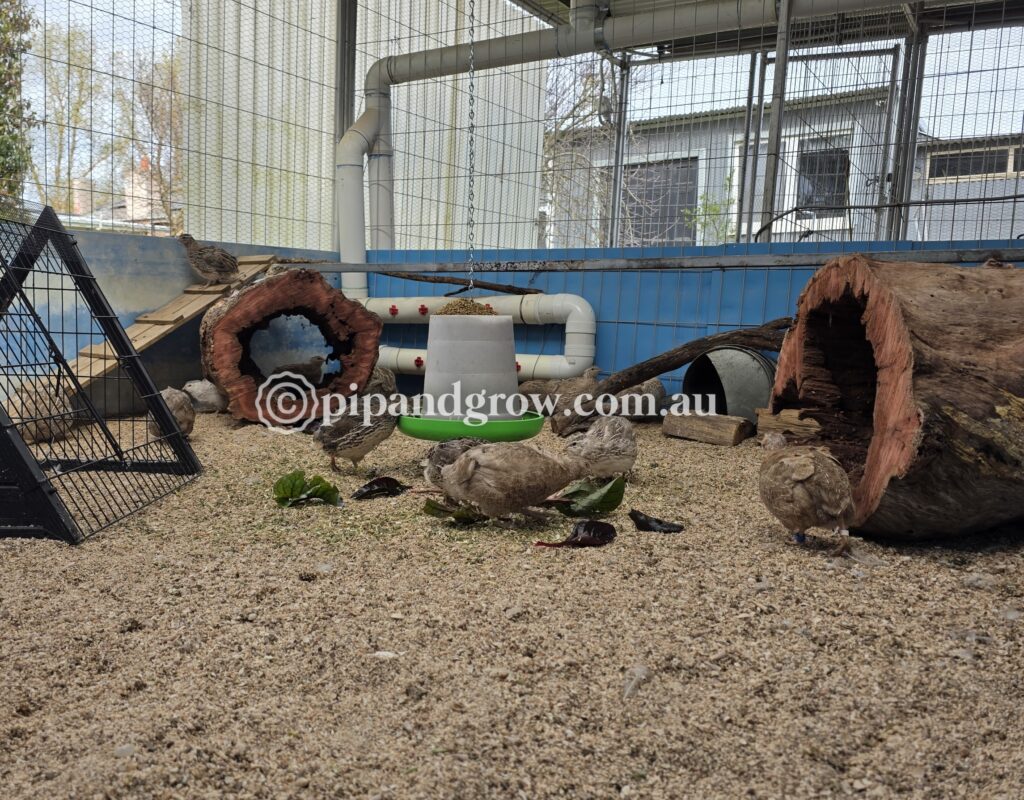
They are ground dwellers, meaning they do not require roosts or designated sleeping areas. Unlike chickens, they do not return to a coop or roost to sleep but rest anywhere they feel comfortable in their environment. They love hiding in the bush, tunnels and hideouts. Quails tend to favor specific spots for laying eggs but do not necessarily use nest boxes.
Diet:
Japanese quails thrive on a high-protein diet, ideally containing 20–24% protein. For best results, game bird feed is recommended, but it’s perfectly fine to incorporate other quality options to suit your setup. Feeds such as Laucke Red Hen range and Showbird MP Breeder are designed to support a wide range of poultry, including chickens and game birds, and can be a suitable alternative if game bird-specific feeds are not available.
At our farm, we use the following feeding schedule:
– Game Bird Starter (crumble): From hatch to around 6–8 weeks of age
– Game Bird Breeder: From 8 weeks onward
Breeding:
Japanese quails reach maturity at 6–8 weeks and typically begin laying eggs shortly thereafter. Hens can start laying as early as 6 weeks during warmer months, offering a consistent and convenient source of small, speckled eggs. Under optimal conditions, females can lay 200–300 eggs per year.
Japanese quails rarely go broody, as many have lost their natural instincts due to domestication. However, on rare occasions, a quail hen may exhibit broody behavior. For the most part, Japanese quails are hatched using an incubator, which ensures consistent results and better control over the hatching process.
Japanese Quail Sexing and Male Behavior
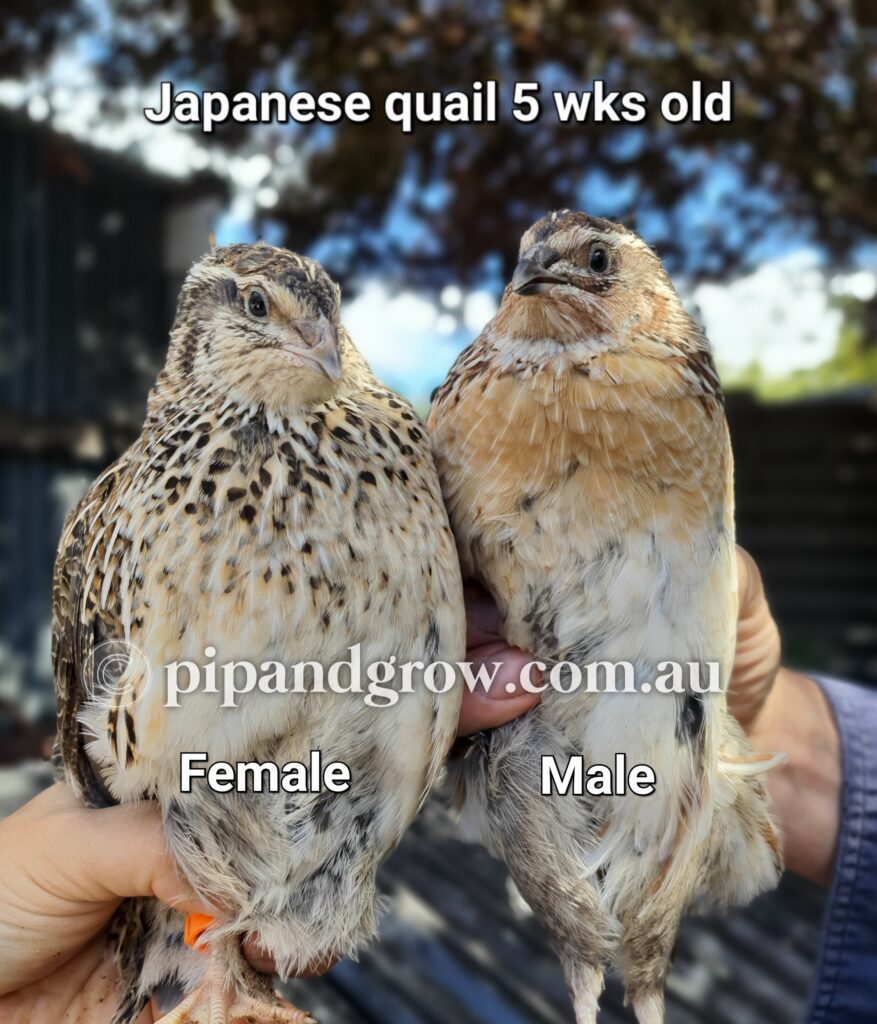
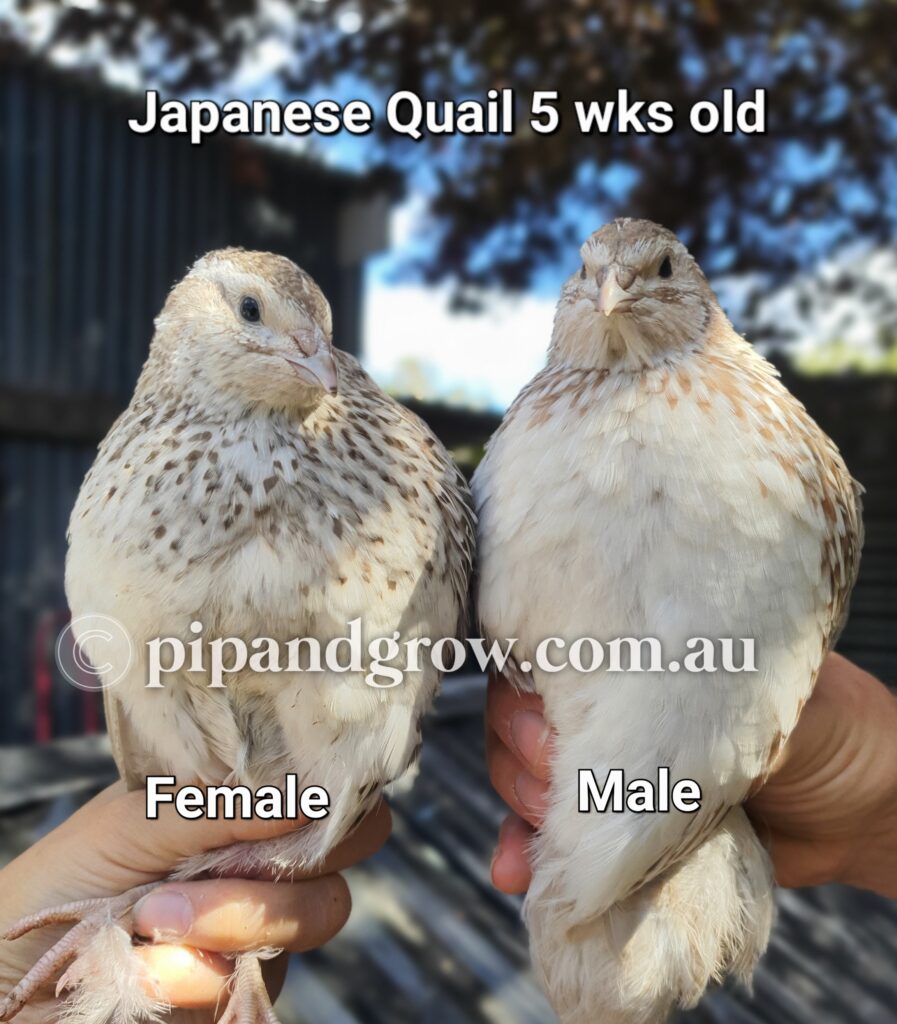
Japanese quails in our lines are primarily Pharaoh and Sparkly-based, with some variation. These color varieties can typically be sexed by their feather patterns and chest markings around 4–5 weeks of age. Females usually have more speckling on their chest feathers, while males tend to have a plain-colored chest, often in white or orange. However, we emphasize that this method does not apply to all color varieties.
Japanese quails reach maturity at 6–8 weeks and can be vent-sexed by checking for the “foam” produced by males. Male quails also have a distinctive crow, resembling bird chirping rather than the loud crowing of a chicken rooster, which is often unrestricted by council regulations.
However, a single male requires at least 4–6 females to prevent over-breeding stress on the hens. Housing too many males in the same pen can lead to competition and aggressive behavior, often resulting in injuries or harm to each other. Proper male-to-female ratios and spacious housing help ensure a peaceful and healthy environment.
